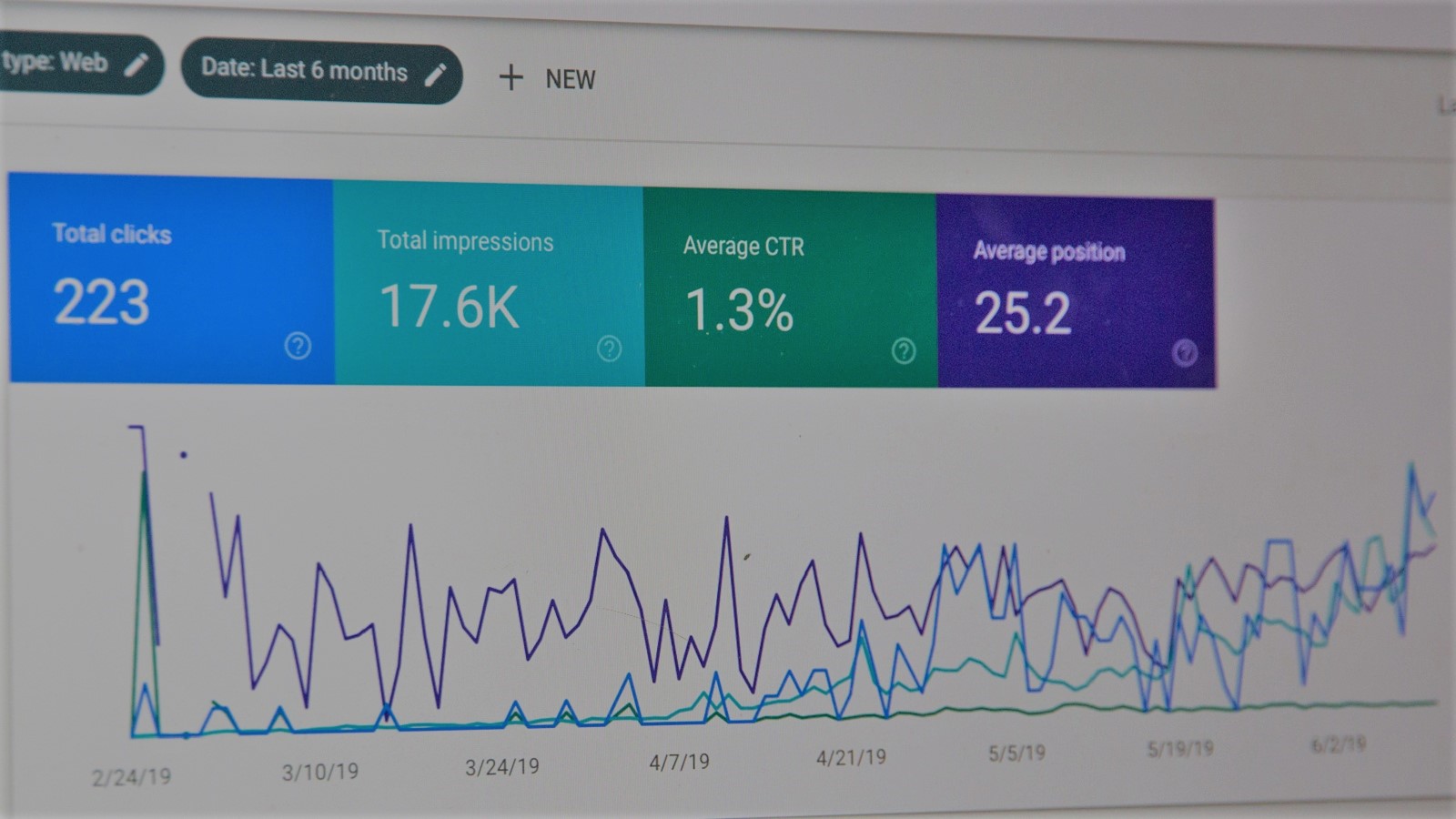This is a guest post by Nate Smith – a content strategist whom I sometimes work with. – Carl
This is for anyone who’s ever been sold a dream about, gotten fed up with or frustrated about Search Engine Optimisation (SEO).
I present the core principle of SEO.
Principles provide a fundamental truth about a topic. They can be used to build a system of belief, so that when everything around you seems chaotic, uncertain or confusing the principle brings balance, calm and a clear way forward.
This is my core principle of SEO:
“Google wants to help humans complete the job they came to do.”
It’s a user-centric focus. Human-first.
So the content you create needs to help humans complete their job.
However, Google is a machine. So while its goal is human-first it has to achieve that goal by using signals that a machine can understand. This is why SEO is both simple and complicated.
Jobs in SEO usually involve learning something, solving a problem or finding the answer to a question.
- Where is x location?
- How do I do y?
- Find z near me
If you want to delve deeper into the jobs humans are trying to accomplish then I recommend looking at the Jobs to be Done framework. It was originally designed for creating better products but it can be easily adapted for creating stronger content that solves search intent.
Copyhackers has a fantastic article on adapting the Jobs to be Done framework for copywriting.
So, when you read about a new tactic for SEO, or someone suggests a “silver bullet” ask yourself this:
“How does my content help users complete the job they came to do?”
Why does Google want to help its users complete the job they came to do?
Because that means users will use them in the future. A search engine that helps you find the thing your looking for is a good experience. You will use it again.
And so,
The more you use Google the more chance that you will click on an advert, or even click multiple adverts.
Adverts make Google money.
Let’s look at a search engine example.
Every time someone types a search into Google, it tries to understand the intent of the user’s search and then delivers results based upon the intent.
Search intent is another way of saying “this is the job I came to do”.
How Google does this is beyond the scope of this article, but if you’re really interested Blind Five Year Old has a couple of great articles on search intent (note, these are quite advanced articles):
Fixing a running tap search results
I have a leaking tap and it’s annoying me. So I go to Google and type:
How to fix a running tap
Google then returns the following articles to help me complete the job I came to do:

You might have noticed:
All of these articles have some combination of the words fix, leaking, dripping, tap and “how to” in the title and meta description.
So I’m confident if I click on any of them I’m going to learn how to fix my annoying leaky tap. The article from AXA Insurance even uses the word annoying in it’s meta description.
Want to know the best part?
If you have an article about fixing leaky taps the only way you’re going to rank for “How to fix a running tap” is to include those words in your title and meta description. Because Google has determined those words help their users complete the job they came to do.
The deal is, you can use the search results page to learn what words your article needs to include.
Simple right?
There you have it. The core principle of SEO:
“Google wants to help humans complete the job they came to do.”


Leave a Reply